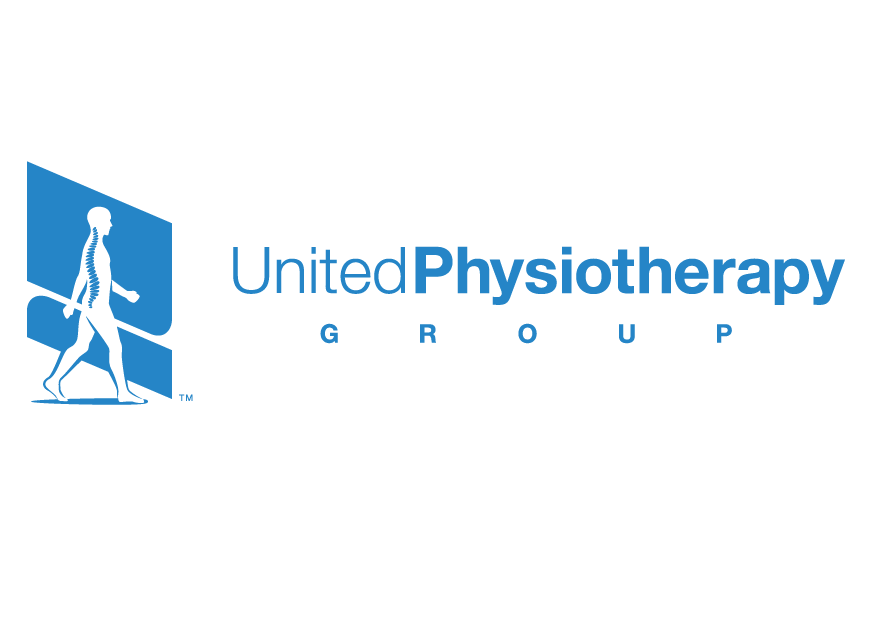Supporting Clients Through the Support at Home Program Change
From November 2025, the Australian Government’s Support at Home (SAH) Program will replace the existing Home Care Packages (HCP) and Short-Term Restorative Care (STRC) programs. This reform represents one of the most significant shifts in community and aged care in over a decade — aiming to make services simpler, fairer, and more responsive to individual needs.
For UPG, these changes bring both opportunities and new responsibilities. Here’s how we are preparing — and what it means for the clients you refer to us.
1. Physiotherapy Remains a Core “Clinical Support” — Fully Government Funded
Under the Support at Home model, Physiotherapy is classified as a Clinical Support, meaning it will be fully government-funded for eligible clients. Clients will no longer need to use their own funds or “package budgets” for physiotherapy services.
What this means for your clients:
Reduced financial barriers — easier access to early intervention and rehabilitation.
Greater equity — clients can receive physiotherapy based on need, not budget.
What we’re doing:
Our physiotherapists are reviewing and aligning care plans to meet the new funding framework and documentation standards for Clinical Supports. This includes ensuring all treatment plans clearly demonstrate clinical need, measurable outcomes, and evidence of functional improvement.
2. Aligning with the Single Assessment System (IAT)
The new Integrated Assessment Tool (IAT) will standardise how client needs are assessed nationally. Physiotherapy referrals and service plans will need to reflect the IAT domains — such as mobility, balance, continence, pain, cognition, and self-care capacity.
What this means for referrers:
Referrals that link directly to these domains (e.g., “decline in mobility”, “falls risk”, “post-hospital functional recovery”) will streamline approval for physiotherapy under the new system.
What we’re doing:
Our referral templates and communication pathways are being updated to align with IAT terminology and reporting requirements.
We’re training all physiotherapists to document outcomes consistent with the IAT framework, supporting reassessments and continuity of care.
3. Preparing for Short-Term, Goal-Focused Restorative Programs
The SAH program will expand access to short-term restorative care pathways (up to 12 weeks) to prevent functional decline and hospitalisation.
What this means for your clients:
More structured, time-limited rehabilitation programs.
Early intervention after illness, injury, or hospital stay.
Better integration between acute care, GPs, and community physiotherapists.
What we’re doing:
We are formalising new Restorative Care Pathways, which include:
Rapid response physiotherapy after hospital discharge.
Goal-based programs targeting mobility, strength, balance, and falls prevention.
Clear progress reporting back to referrers and assessors to support ongoing or follow-up care.
4. Faster Access to Assistive Technology and Home Modifications
Under SAH, Assistive Technology (AT) and Home Modifications (HM) will be funded separately from general service budgets — meaning clients can access equipment or environmental changes faster.
What we’re doing:
Our physiotherapists will:
Conduct comprehensive mobility and in-home safety assessments
Provide detailed AT and HM recommendations with clinical justification aligned to SAH guidelines.
Work closely with approved suppliers and builders to implement modifications efficiently.
Provide functional re-training post-installation to ensure safe use.
For referrers, this means faster turnaround from assessment to implementation, reducing risk of falls and functional decline.
5. Streamlined Communication & Reporting for Referrers
We know referrers value timely, clear feedback. With the increased documentation and outcome tracking under SAH, we are enhancing our systems to make communication seamless.
What we’re doing:
Introducing standardised progress and outcome reports aligned with SAH requirements.
Implementing secure digital communication for referrals and updates.
Providing quarterly summaries where applicable to assist care coordinators and assessors with budget reviews.
This ensures continuity of care, supports compliance, and keeps all providers informed of client progress.
6. Focus on Early Intervention and Functional Maintenance
One of the goals of the Support at Home reform is to maintain independence for longer. Early physiotherapy input will be key in preventing decline before crisis or hospitalisation.
Our approach:
Prioritising early referral and functional screening for clients showing early signs of mobility decline or reduced participation.
Offering preventive programs (e.g., balance, strength, and endurance training) that can be integrated into clients’ ongoing care plans.
Close collaboration with referrers to identify clients at risk of decline before critical events occur.
7. Staff Training and Clinical Governance
Our physiotherapy team is undergoing comprehensive training to ensure compliance and quality under the new framework.
This includes:
SAH compliance and funding training.
Documentation aligned with IAT and outcome-based reporting.
Clinical governance updates to ensure evidence-based, safe, and measurable interventions.
This preparation ensures our referrers can continue to trust that clients will receive physiotherapy that meets the highest clinical and regulatory standards.
8. Continuing to Deliver What Matters Most
While the funding model is changing, our mission remains the same — to deliver accessible, high-quality, person-centred physiotherapy that supports independence, mobility, and quality of life.
We will continue to provide:
Home-based physiotherapy across Melbourne and Regional Victoria.
Collaborative care with referrers, Care Partners, GP’s and Allied Health teams.
Transparent reporting and communication.
Tailored services focused on Client outcomes.
We understand that change can raise questions for both providers and referrers. Our team is here to assist — whether it’s clarifying the new funding rules, helping with referral documentation, or supporting clients already in transition.
